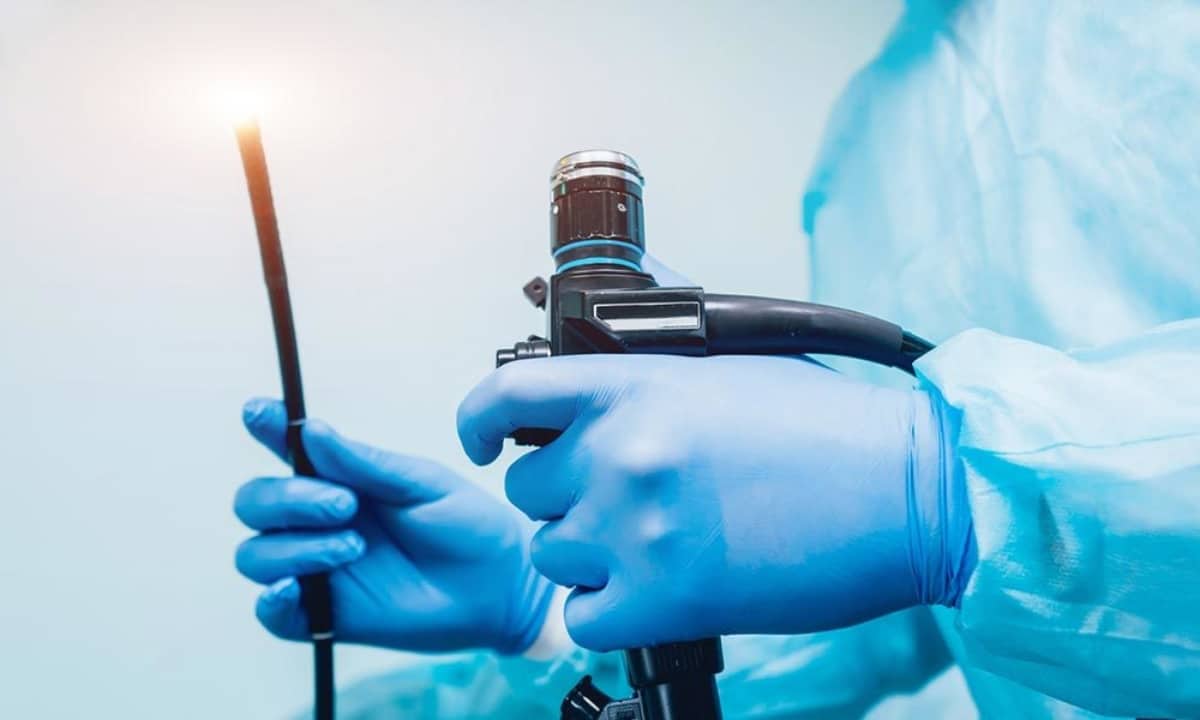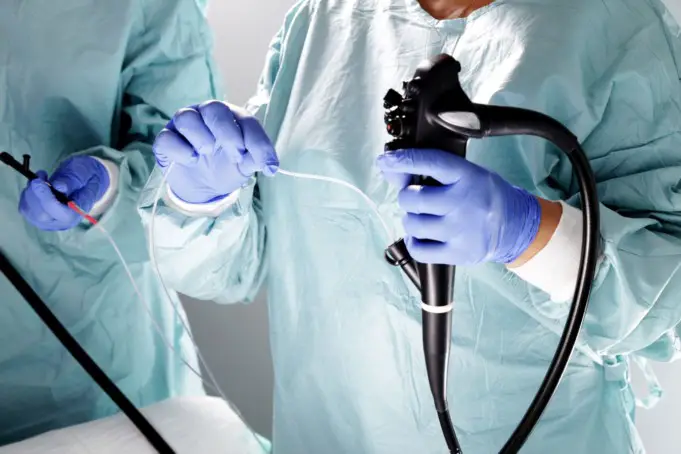Endoscopy is the infusion of a long, slim tube directly into the body to examine internal organs. It can also be utilized to carry out other tasks, including imaging and minor surgery.
Endoscopes are slightly intrusive and can be inserted into areas in the body, such as the anus, mouth, knee, or abdomen.
Surgery conducted via a small incision and aided with special devices like the endoscope is known as keyhole surgery. While modern endoscopy has few risks, it also delivers detailed pictures and is very easy to carry out. It has demonstrated to be incredibly useful in numerous areas of medicine.
In this article, we will discuss the types of endoscopy, why & how they are conducted, the general method, and any probable risks.
Types of endoscopy
Endoscopy helps scrutinize many systems within the human body. These areas include:
Gastrointestinal tract
- Esophagus, stomach, and duodenum (esophagogastroduodenoscopy)
- Small intestine (arthroscopy)
- Large intestine & colon (colonoscopy and sigmoidoscopy)
- Bile duct & rectum (rectoscope)
- Anus (endoscopy)
Respiratory tract
- Nose (rhinoscopy)
- Lower respiratory tract (bronchoscopy)
Ear
- Otoscopy
Urinary tract
- Cystoscopy
Female reproductive tract (gyroscope)
- Cervix (colposcopy)
- Uterus (hysteroscopy)
- Fallopian tubes (falloposcopy)
Through a small incision
- Abdominal or pelvic cavity (laparoscopy)
- The interior of a joint (arthroscopy)
- Organs of the chest (thoracoscopy and mediastinoscopy)
What is capsule endoscopy?

Capsule endoscopy was created in the mid-1990s. It involves the use of a wireless camera. The device is small enough to fit into a capsule, and it can be swallowed.
As the capsule journeys through the digestive tract, it takes a lot of pictures of the digestive system. The images are transferred to a device connected to a wearable belt.
Capsule endoscopy is employed to snap pictures of the small intestine. It is a region that is hard to reproduce using standard endoscopy. Capsule endoscopy can also be very useful in examining the small intestinal mucosa as well as diagnosing Crohn’s disorder.
It usually takes the capsule about 24-48 hours to pass through the digestive system. The process does not require an overnight stay in the hospital, and it only takes around one hour to finalize.
For an endoscopy, the individual is required to fast for over 12 hours. However, the duration varies depending on the type of endoscopy. Before examinations are conducted on the stomach, laxatives are taken the night before to clear the system.
Method for preparation
The technique used in the preparation will depend on the reason for the endoscopy. There are three primary reasons for performing endoscopy, and they include:
- Analysis: If a person is experiencing vomiting, breathing disorders, abdominal pain, ulcers, difficulty gulping, or gastrointestinal bleeding. For instance, an endoscope can be utilized in searching for a cause.
- Confirmation of diagnosis: Endoscopy can be utilized to perform a biopsy to verify a diagnosis of cancer or other diseases.
- Treatments: an endoscope can be used to treat disease immediately. For example, endoscopy can be used to cauterize a bleeding vessel or eliminate a polyp.
Endoscopy is usually combined with other procedures like an ultrasound probe. It is used to place the ultrasound scan close to organs that can be hard to photograph, such as the pancreas.
Modern endoscopes are occasionally equipped with sensitive lights that make use of narrow-band visualization. This type of imaging uses specific green and blue wavelengths that enable doctors to detect precancerous conditions more easily.
Endoscopy is naturally carried out while the patient is conscious. However, a patient, occasionally, can receive anesthetic spray towards the back of their throat. As a result, the patient can become sedated.
For endoscopy treatments that involve insertion through the mouth, a mouthguard is used to protect the lips and teeth. This can be done while the tube is being inserted.
Uses of endoscopy in surgery
Endoscopy has developed in the last few years. This enables some types of surgery to be performed using a modified endoscope.
Treatments such as the sealing of the fallopian tubes, removal of the gallbladder, and the removal of tiny tumors from the digestive system or lungs are now less invasive.
A laparoscope is a modified endoscope employed for keyhole surgery. It is also known as laparoscopic surgery. The surgery requires a small incision and can be used to conduct several surgeries that may include:
- appendectomies (removal of the appendix)
- prostatectomies (removal of prostate tissue)
- hysterectomies (removal of the uterus)
Patients lose a lesser amount of blood during and after this procedure and can recover a lot faster compared with standard surgical treatments
Risks and after-effects of endoscopy
Endoscopy is a reasonably safe treatment. However, there are particular dangers involved. Risks are dependent on the region that is being assessed.
The risks of endoscopy may include:
- Oversedation
- Feeling bulgy for a short period after the procedure
- Mild cramping
- Numbness in throat for a few hours as a result of the use of local anesthetic
- Possible infection in the area of involvement. This usually occurs when more treatments are performed at the same time. The conditions are generally insignificant and treatable with the use of antibiotics
- Constant pain in the region of the endoscopy
- The opening or cut of the lining of the belly or esophagus occurs in 1 in every 2,500-11,000 cases
- Sometimes less severe internal bleeding may occur and can be treated by endoscopic cauterization
- Complications associated with preexisting conditions
Suppose you experience any of these following symptoms below, you should consult your doctor. The signs include:
- chest pain
- shortness of breath
- dark-colored stool
- vomiting blood
- intense and constant abdominal pain
Rehabilitation
The speed of recovery is based on the type of treatment that was performed. For an upper endoscopy, which is used to investigate the upper gastrointestinal tract, the patient will be examined for some time after the process.
This typically lasts up to an hour. At the same time, any sleep-inducing medication loses its effectiveness. An individual who had just undergone an endoscopy should not work or drive for the rest of the day, because of the effect from the sedative administered to curb the pain.
With this type of endoscopy, there may be aches, bloating, or a sore throat. Nevertheless, these side-effects are minor and can be resolved quickly.
If you had just had an endoscopy and you notice any unusual signs, we advise that you see your doctor for a proper checkup to avoid any further complications.
Reference;
- Endoscopy: What to know; Medical News Today












